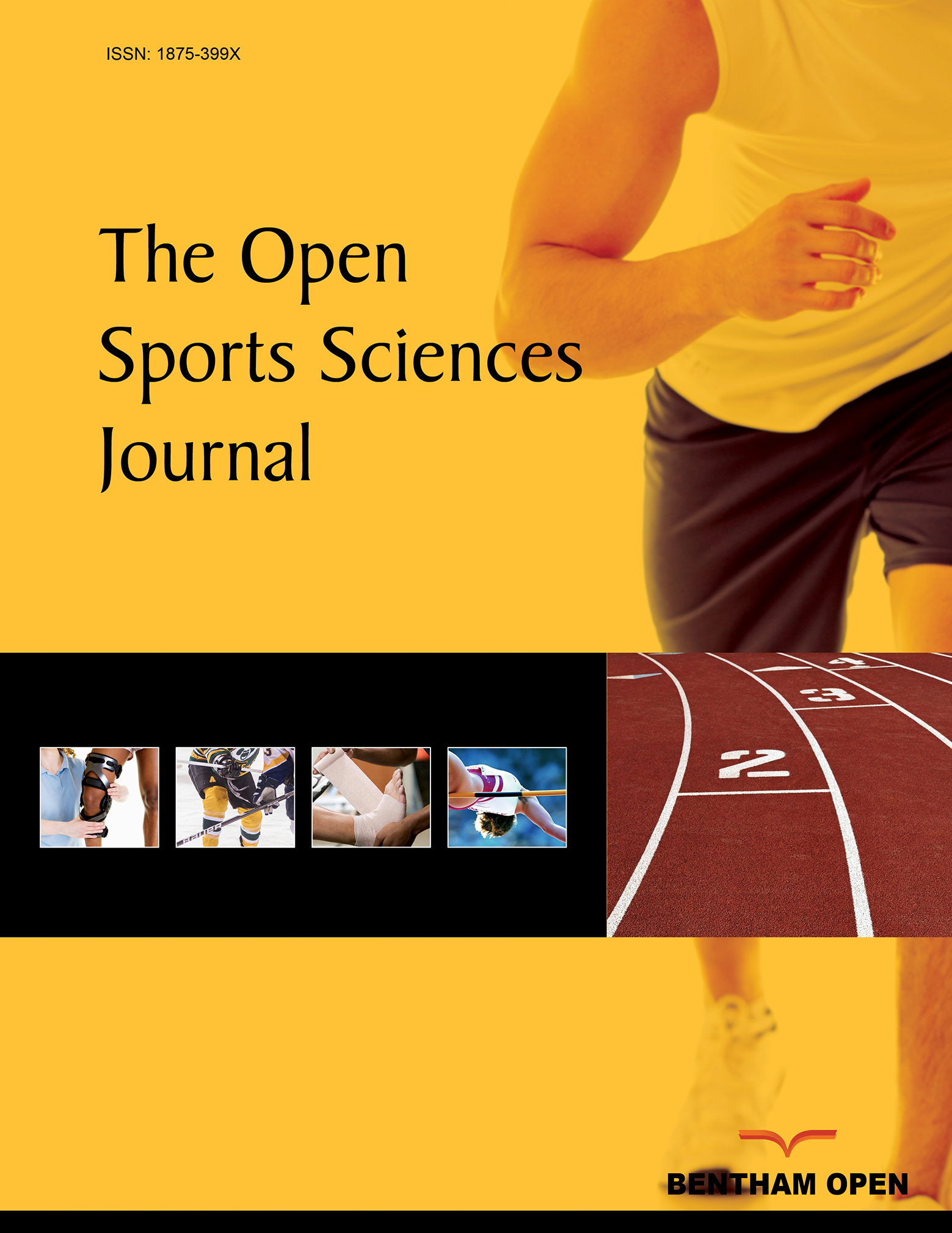All published articles of this journal are available on ScienceDirect.
Does the Choice of Predictors Limit the Practical Applications of Research on the Determinants of Sports Performance? The Paradigm of Marathon Race Time
A hot topic in sports science research is the quest for the determinants of sports performance, where scientists attempt to identify the variables related to sports mostly by profiling high performers, comparing athletes of different performance levels, or examining the potential relationship of performance with a set of variables related to aspects, such as physiology, training, anthropometry, biomechanics, and psychology [1]. In addition to the theoretical implications of this type of research, there is significant scientific interest in its potential practical applications for coaches and fitness trainers. If these professionals understand that performance in their sport is influenced by specific variables (e.g., training volume or intensity, and anthropometric characteristics such as body fat and cardiorespiratory fitness), they can adapt training programs accordingly. However, it appears that the research findings on this topic are or seem contradictory, confusing the readers and, consequently, the training practice. Therefore, the present editorial aims to highlight the limitations of this line of research focusing on the paradigm of marathon race time.
A great number of marathon races take place annually worldwide, where runners attempt either simply finishing their first race (within an upper time limit set by race organizers) or achieving a targeted race time.
For these runners, adopting an optimal race pace is a prerequisite for their successful participation, and being aware of an approximate finish time may aid them in determining this pace. In this context, a growing body of literature has focused on research into race time predictors. Typically, a range of variables—primarily training, anthropometric, and physiological factors—are included in a statistical model. The outcome of the analysis aims to provide insights into (a) which variables predict race time and (b) how accurately they do so.
Alvero-Cruz et al. [1] reviewed and presented data from 24 original studies on predictors of marathon race time, highlighting the respective predictive equations. They concluded that these equations differed across studies. Potential explanations for these differences include variations in the considered predictor variables and several methodological factors, such as: (a) participant characteristics (sex, age, performance level, and homogeneity of the study group); (b) statistical analysis methods (e.g., stepwise regression, where predictive variables are selected automatically, versus manually entering a variable, even if it is not the best predictor); (c) testing protocols (e.g., graded exercise tests for maximal oxygen uptake, VO2 max); (d) the outcome measured (recent or best race time); and (e) the background of researchers (e.g., cardiologists, exercise physiologists, or coaches).
It is important to highlight that, in addition to physiological characteristics, anthropometry, and training, other variables also influence marathon race time. These include nutrition and hydration [2, 3], environmental conditions, such as temperature and humidity [4], altitude [5], biomechanics [6], footwear technology [7], psychological factors (e.g., motivation) [8], and sociocultural influences [9].
According to Alvero-Cruz et al. [1], common predictors of marathon race time were body fat percentage, VO2max, and training volume. Furthermore, it has been observed that fast marathon runners had higher intake of unsaturated fat, iron, potassium, and magnesium, lower levels of blood triacylglycerol, and more high-density lipoprotein than their slower counterparts [2]. Also, fast runners intended to drink smaller volumes than slower runners [3]. From a biomechanics point of view, it has been found that the most successful marathon runners presented smaller changes of gait during a race [6], where it has also been observed that advanced footwear technology might enhance performance in elite marathon runners [7]. Considering the relevance of these factors with performance, it might be suggested that an ideal model of predicting performance should include all of these factors, and no study has performed such an analysis so far. It should be acknowelegded that sports performance is multifactorial; consequently, performing a single study accounting for every potential factor might be unrealistic. Instead, the focus should be on bridging the gap between models and practice by adapting model development to the practical demands of the end user. For instance, a novice runner competing in a marathon race would be interested in predicting race time based on easily accessible variables, such as weekly training distance, running speed, body weight, and best records in shorter distances (e.g., 10km or half-marathon). On the other hand, a sports scientist working as a coach with an experienced runner who routinely participates in exercise testing could use prediction equations including more ‘sophisticated’ variables, such as VO2 max, anaerobic threshold, and running economy.
Thus, based on the paradigm of marathon race time, it has been shown that several factors are responsible for the differences in the existing predictive models of sports performance. Accordingly, readers of research in this field would need caution to interpret these findings before reaching safe conclusions. Most importantly, they should be aware of the candidate variables considered in each original study as well as the target audience for the research.
AUTHORS‘ CONTRIBUTIONS
The authors confirm their contributions to the paper as follows: P.N., B.K.: draft manuscript. All authors reviewed the results and approved the final version of the manuscript.
CONFLICT OF INTEREST
The Dr. Pantelis Nikolaidis is the Editor in Chief of the journal The Open Sports Sciences Journal.
ACKNOWLEDGEMENTS
Declared none.


